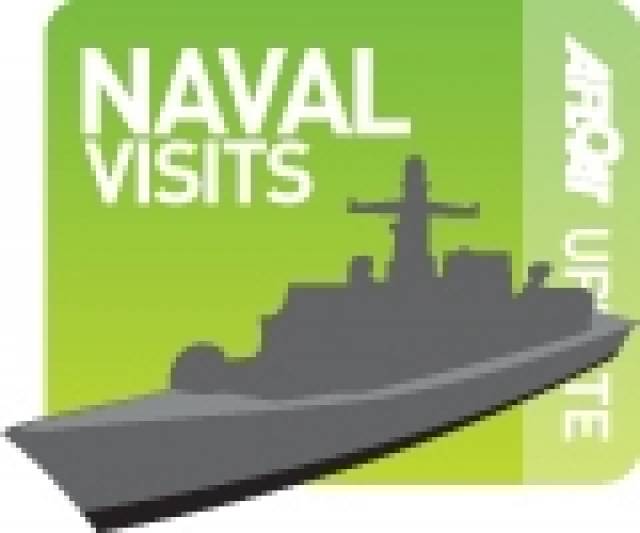#MineHunter – Following last week's notable visit of Dutch submarine HNMLS Dolfijn (S808) to Cork City Quays, the Belgium Navy's minehunter BNS Primula (M924) is currently at anchorage in the lower harbour, writes Jehan Ashmore.
Accompanying the BNS Primula is the auxiliary vessel BNS Stern (A963) which is also anchored in Cobh Roads.
BNS Primula is a Tripartite-class minehunter and forms part of the Belgian Naval Component and she has a 595 tonnes displacement. She was launched in 1990 at the Mercantile-Belyard shipyard in Rupelmonde.
The Tripartite class vessel represents the final of ten of the series commissioned for the Belgian Navy. Neighbouring nations Netherlands and France completed the Tripartite partnership in the design and development of the class.
Tripartite class vessels from these nations have been regular visitors to Irish ports unlike the rare sight of a submarine in an Irish port as demonstrated by HNLMS Dolfijn.
The submarine's visit was made more the unusual in that she could be clearly seen moored at the Cork city-centre berth rather than a downriver location which compared to some other Irish ports can be more discreet from public view.
The 'Walrus' class submarine had made the upriver transit of Cork Harbour to the city centre (click previous report and scroll down for footage) and is seen passing near Monkstown.
































































